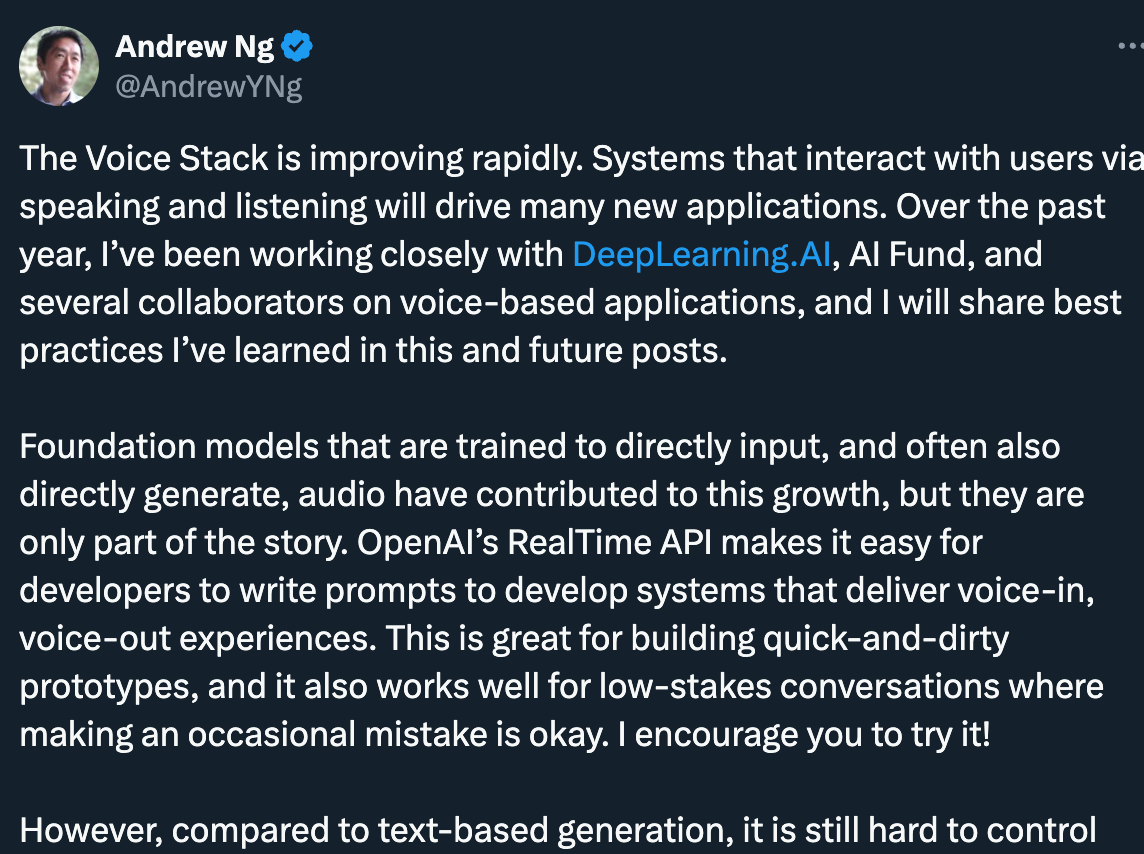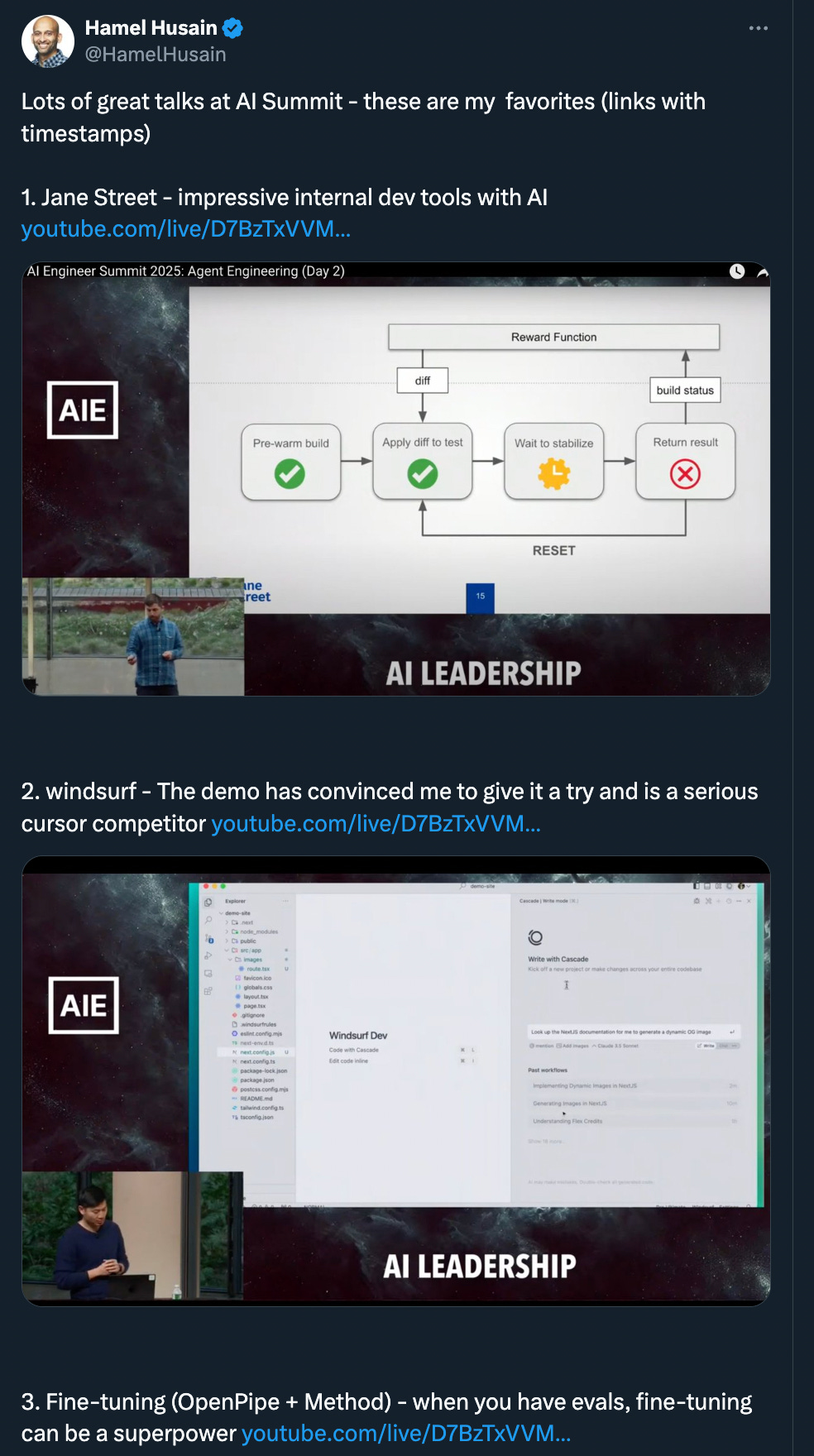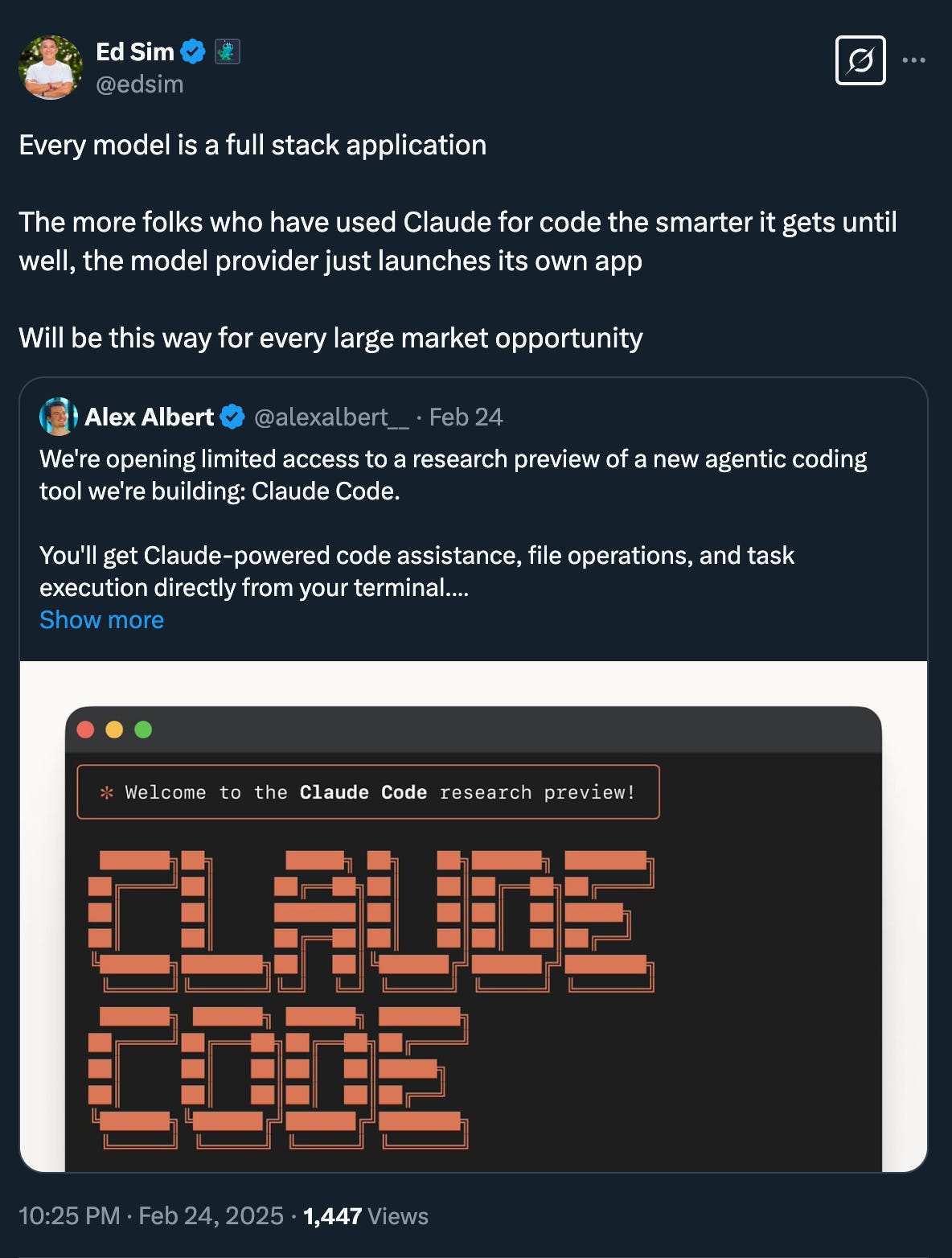What’s 🔥 in Enterprise IT/VC #435
Time to $5M ARR for AI startups 🤯 is 24 mos vs. best of SaaS at 37 months - peeling the onion 🧅 back...
AI startups just grow so much faster! (from Stripe’s annual letter - FWIW, one of my fave annual letters along with Jamie Dimon’s JPM Chase annual letter).
The bar for amazing to get $5M of ARR from first sale is compressed by 1/3 from 37 months to 24 months. But, I have one reminder for all you, don’t get anxiety.
Here’s why:
Data represents the time from where the first payment went through on Stripe so be careful when you turn on the revenue spigot and make sure you once you jump on the treadmill, you are ready to run fast 🏃🏼♂️
Overnight success time varies - Bolt.new pivoted and then 7 years in, it found PMF and rapidly scaled. Lovable was founded in 2023 so it truly is a 🚀. Clay, in our boldstart portfolio, took 6+ years before generating its first dollar of revenue.
It’s still early - switching costs are still low for many of these product. Developers, for example, use multiple coding products at once and competition is fierce. Early growth like a Jasper may not be ARR but just revenue when we look at this 1 year from now.
Here’s a chart I shared a month ago on Clay’s time to $5M - once the first dollar of revenue came in after 6 years, the growth went from $600k to $4.6M to $30M!
One note to consider is that most of these new startups are truly AI-native - every element of the company from product to operations is wired with AI versus being a bolt-on feature. To that end, check out this list of lean companies who are growing rapidly with teams <50 people.
The Lean AI Native Leaderboard is here along with the criteria and stats.
I've spent weeks collecting verifiable data on companies that meet these criteria:
• Revenue exceeding $5M ARR
• Teams smaller than 50 people
• Founded within the last 5 years
The data will leave you speechless:
• Average revenue per employee: $3.7M (10x the SaaS industry standard)
• Average valuation/employee: $144M (14x the value for tech giants)
• Average team size: 23 (compared to 100+ for normal startups)
There were 5 new companies that stood out on the list and were not extensively covered before:
• Telegram Messenger: $1B ARR => 30 employees
• fal: $40M ARR => 25 employees (full disclosure, i'm an angel investor)
• Cal AI: $12MM ARR => 4 employees
• OpenArt AI: $12MM ARR => 8 employees
• Solvely.ai: $6MM ARR => 4 employeesWe are truly entering a new era of rapid growth and insane efficiency, but we must remember, it’s still so early. Most of these companies also aren’t selling enterprise solutions as many of the largest companies are still in pilot mode. Case in point from Salesforce’s latest earnings call:
As always, 🙏🏼 for reading and please share with your friends and colleagues.
Scaling Startups
#❤️ something I strive to remember the more experience I gain
#what’s happening in the world of seed, ahem, Inception Investing, and what are choices fund managers need to make - super fun panel with dissenting opinions - watch it!
#👇🏼 from founder of Intercom - i do agree with lots of this - too much advice on exactly how to do or what to do, too many playbooks, make your own borrowing from some of the past, remix, and create new
#preview of YC Demo Day March 12 - the batch from StealthStartupSpy (click below for more)
#so true…
#💯 go build
Enterprise Tech
#cloning getting better - the future of SaaS in question or not?
#from $0 to $17M in 3 months 🤯, like bolt.new for rapid prototyping - Lovable raises $15M pre-series A round - sounds like much more capital was actually thrown their way but they declined…
Today we’re announcing $15m in funding to continue to build the last piece of software, and enable the 99% who can’t code to build software.
The round was led by Creandum and angels including legendary angels like Lenny Rachitsky,
We have been extremely selective in our fundraising process because we truly believe in our mission, and we know hundreds of millions in investments is not necessary to reach it.#what is MCP and why it’s the next big thing
#Model context protocol (MCP) building momentum
#great discussion 👇🏼 esp. as some believe the LLMs will get so good they will just take care of everything so why bother…
#all in the specification…
#what is SOTA in voice to voice - lots of work but improving rapidly
#if you’re interested in understanding the difference between transformers and mixture of experts in LLMs
#definitely worth a watch
#the future of cybersecurity
#is AI rolling out companywide in large enterprises? Lost in the lower forecasts at Walmart are a couple of 💎 in terms of AI and effiency from its earnings transcript
#models just have temporary moats (as I’ve been saying all along) - value in data and shows why all foundational model providers must move to app layer so founders beware!
#to Gavin’s point and Meta also releasing it’s own app to compete with OpenAI
#ChatGPT is the moat - more data to feed the models…
#huge win for OpenAI - ““We feel AI has transformational power and will be part of every product and service,” said Sarthak Pattanaik, head of BNY’s AI hub.”
Markets
#VC mirroring PE - with the amount of assets under management this was inevitable
#AI revenue multiples (The Information)
#💯






























The "death of SaaS" example with DocuSign is an interesting one. DocuSign has never had a technical moat - it was PDF viewer for the most part. The moat was on the compliance side - it had to build a secure, auditable document workflow that would withstand legal scrutiny if the veracity of a signed doc was ever in question. Sure, you can replicate the document viewing and signing part with ChatGPT in a few hours. But absolutely no enterprise on the planet would ink their signature on a doc linked to some random app for sharing and signing docs.
An interesting question of today's anti-regulatory political climate is what happens if regulations - including the ones that give companies like DocuSign their moat - are removed or made less stringent. One logical conclusion is that it takes companies like DocuSign out. Another is that it takes out a whole generation of AI-first companies that would have existed to automate navigation of regulatory and legal frameworks.
Think of it like this: Today, heavy handed regulation means that pet-groomers often have to file lots of permits and paperwork, etc. Any SaaS company that provided a module for this type of small business management will be taken out by a company that takes an AI-first approach to this. Unless, of course, those regulations are truncated to the point that there's no reason to pay $20/month to subscribe to an AI solution for dealing with them.